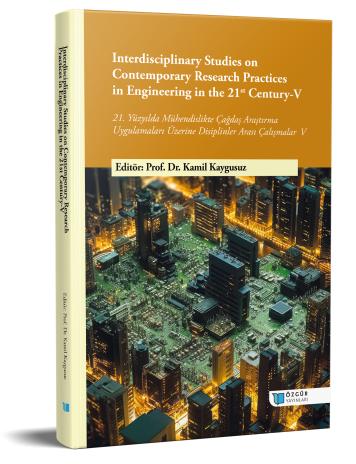
An Alternative Airfoil Design and Analysis for a Small Commercial Aircraft with Inverse Design Method
Chapter from the book:
Kaygusuz,
K.
(ed.)
2023.
Interdisciplinary studies on contemporary research practices in engineering in the 21st century- V.
Synopsis
Airfoil is one of the most import design criteria in aircraft design. It directly affects the performance and stability against to the air conditions. They have special shapes to perform the pressure differences at the top and bottom edge, making the aircraft to fly stable. However, flow analysis may be performed at different compressible flow regimes, such as subsonic, transonic, supersonic, or hypersonic regimes. So, it is vital to design the airfoil and wings with respect to the operational altitude, stall characteristics and stability criteria.
In this study, the NACA3512 airfoil model has been analysed by using the Raytheon’s Beechcraft 1900D commercial aircraft. To do this, its performance parameters have been used for the airfoil performance analysis. In the first part of the analysis, a hybrid methodology to validate the stability results, then they have been used to determine the performance characteristics of the aircraft. During the analysis, satisfactory results have been obtained, however to provide a better stability to the aircraft, novel studies are going to be conducted.

